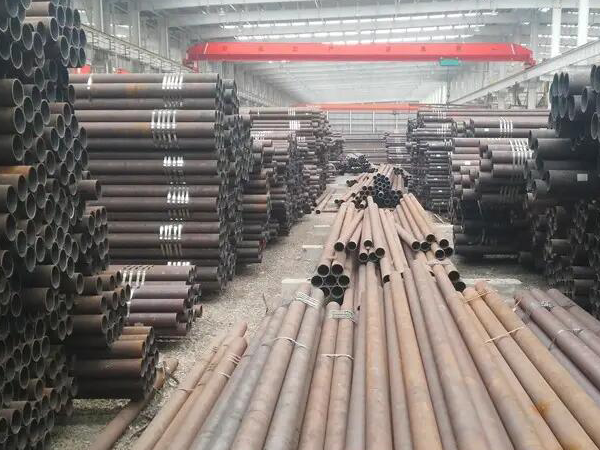1) Definition of carbon content of steel pipes
The carbon content of steel pipes refers to the mass fraction of carbon in steel pipes, usually expressed as a percentage, and is an important indicator of steel composition. Under normal circumstances, the carbon content of
carbon steel pipes is between 0.08% and 2.11%, and generally also contains a small amount of silicon, manganese, phosphorus, sulfur and other impurities and other trace substances. Carbon steel seamless pipes are usually made of steel ingots or solid round steel perforated into capillary tubes, which are then hot rolled, cold rolled or cold drawn.
2) Appropriate range of carbon content of steel pipes
The appropriate range of carbon content of steel pipes is closely related to the purpose of the steel pipes. Generally speaking, the carbon content of seamless pipes should be controlled between 0.18% and 0.23%, and the carbon content of welded steel pipes should be between 0.10% and 0.17%. If the carbon content is too high, the hardness and brittleness of the steel pipe will increase and it will not be able to withstand large mechanical stress, affecting its use effect; if the carbon content is too low, the strength, toughness and other properties of the steel pipe will be affected.

3) Effect of carbon content of steel pipe on performance
The carbon content of carbon steel pipes has a great impact on the mechanical properties, processability, corrosion resistance and other aspects of the steel. The following are the effects of different carbon contents on the properties of carbon steel:
1. Low carbon steel (carbon content less than 0.25%): Low carbon steel has good toughness and plasticity and is easy to process. However, low carbon steel has relatively low strength and hardness, making it unsuitable for mechanical parts.
2. Medium carbon steel (carbon content between 0.25% and 0.6%): Medium carbon steel has high hardness and strength and is suitable for making mechanical parts with high strength requirements.
3. High carbon steel (carbon content greater than 0.6%): High carbon steel has very high hardness and strength, but its toughness and plasticity are poor, and it is easy to break. High carbon steel is suitable for making razor blades, machine blades, etc.
4) Common carbon content in carbon steel pipes
The carbon content in
carbon steel tubes is usually divided into three categories:
1. Carbon steel with direct control of carbon content: The carbon content of this type of steel is usually between 0.08% and 2.11%. Different carbon contents can be selected according to needs.
2. Carbon steel with alloying elements added: Adding alloying elements (such as cobalt, chromium, molybdenum, etc.) to ordinary carbon steel can improve the performance of the steel, and the carbon content will also change accordingly.
3. Electric furnace smelting steel: Electric furnace smelting steel is steel produced through an electric arc furnace. The carbon content is usually between 0.08% and 0.1%, but its performance is relatively high.
Conclusion:
The carbon content of steel pipes is one of the key factors affecting the performance of steel pipes. The appropriate range of carbon content in steel pipes is 0.08%~2.11%, but actual adjustments should be made based on specific use needs. During use, steel pipes with appropriate carbon content should be selected according to specific conditions to ensure their performance and use effects.
Go here to learn more about " Carbon steel vs Stainless steel"


